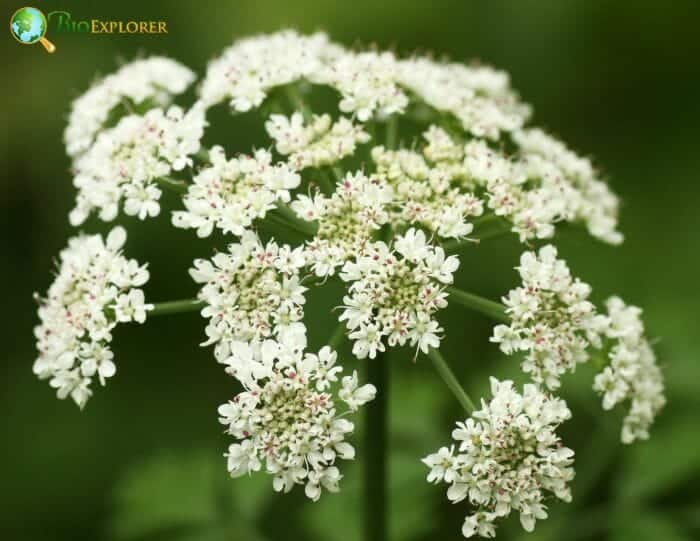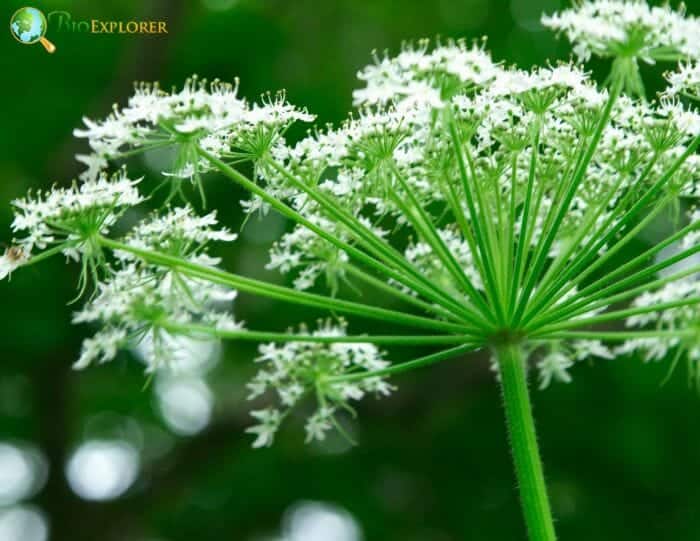
Angelica is a short-lived perennial or hardy biennial herb in the carrot family. It has a powerful musky fragrance and an aromatic sweet taste. It has been used for medicinal and culinary purposes for centuries.

It was once thought that an archangel disclosed the medicinal properties of this plant to humanity, hence the name of the species Archangelica.

The Angelica genus contains around 60 species[1] of perennial and biennial herbaceous plants of the Apiaceae family, native to subarctic and temperate regions of the northern hemisphere, including Greenland Lapland and Iceland.

Common names include Wild Celery, Norwegian Angelica, Masterwort, Ground Ash, Garden Angelica, and Archangel.

It looks a bit like a wild carrot with an elongated, spindle-like, fleshy, thick purple root. The thick, ribbed, light green stems are hollow, sometimes colored purple, and can grow up to 2.7 meters high.

The small, yellowish-white, often pink flowers form semicircular, double-apical umbels about 6-inches in diameter. The lower chartreuse leaves grow 2-3 feet long and divide into 2 or 3 thin, serrated or toothed leaflets 3 inches long.












